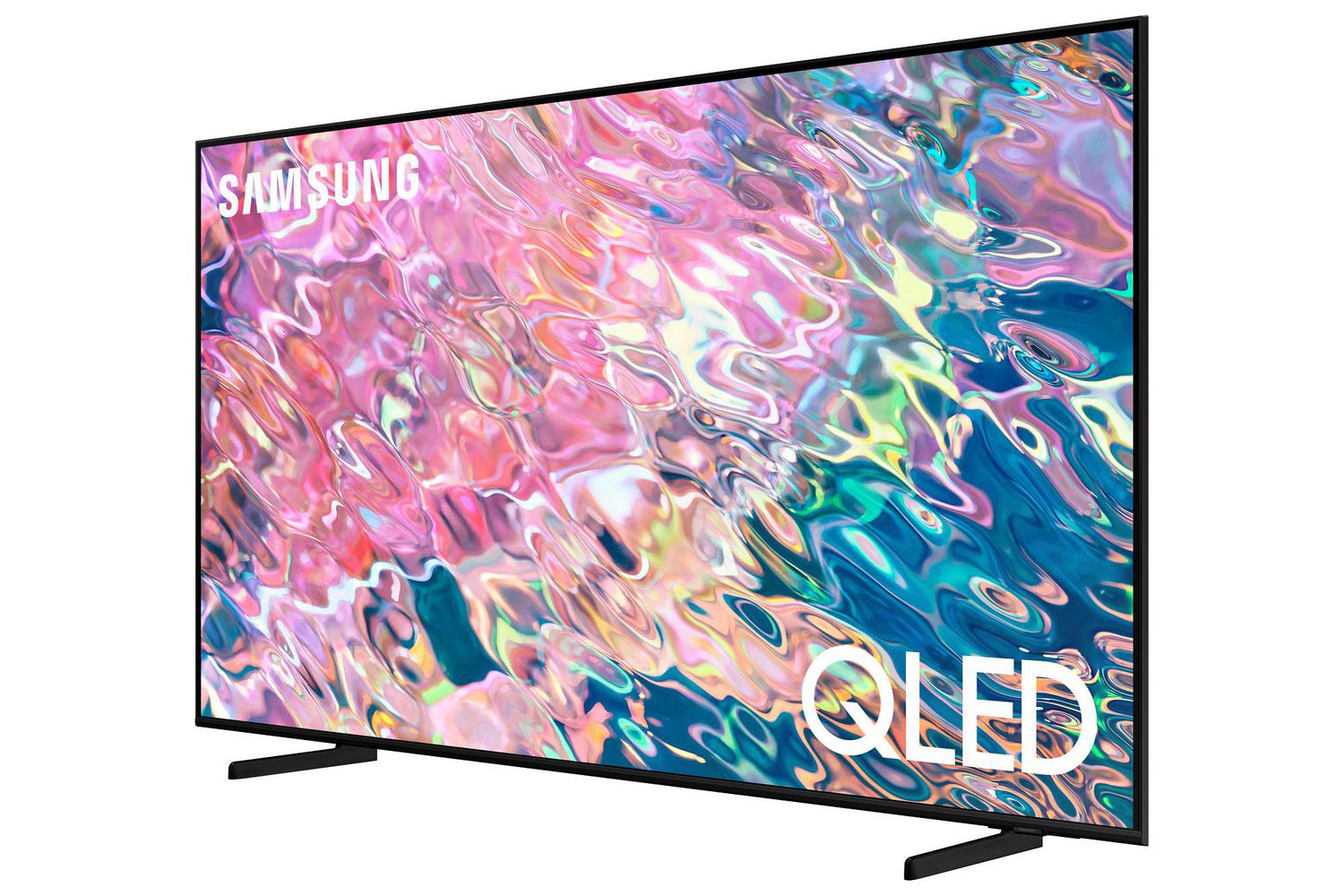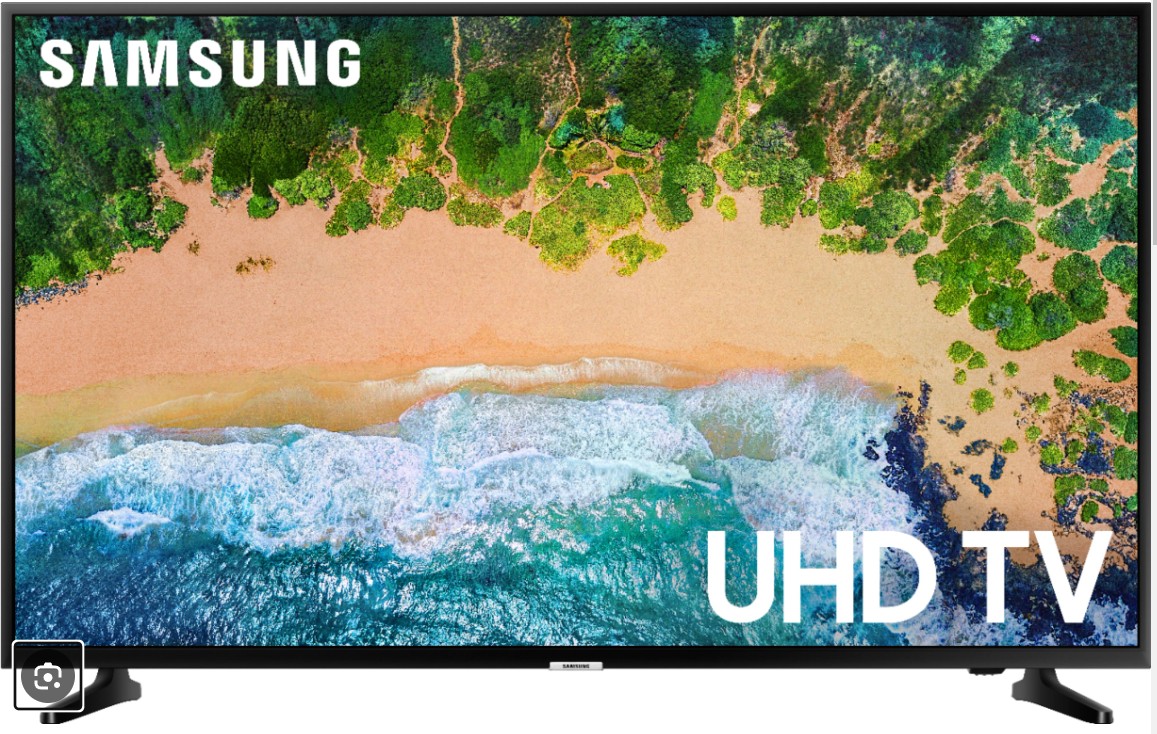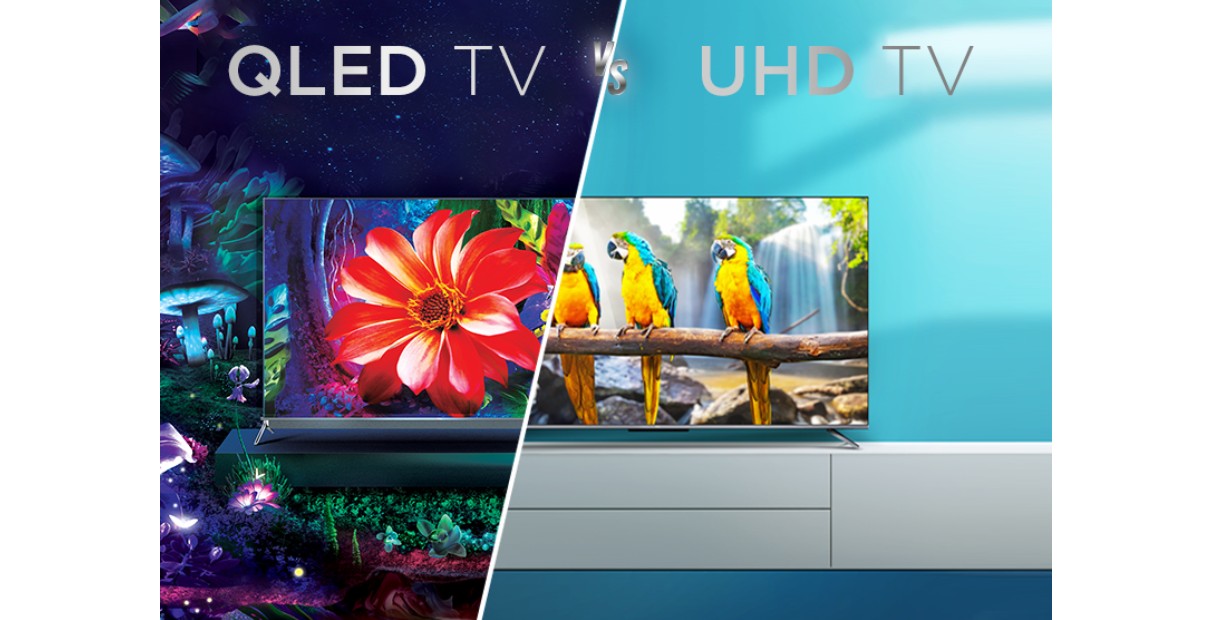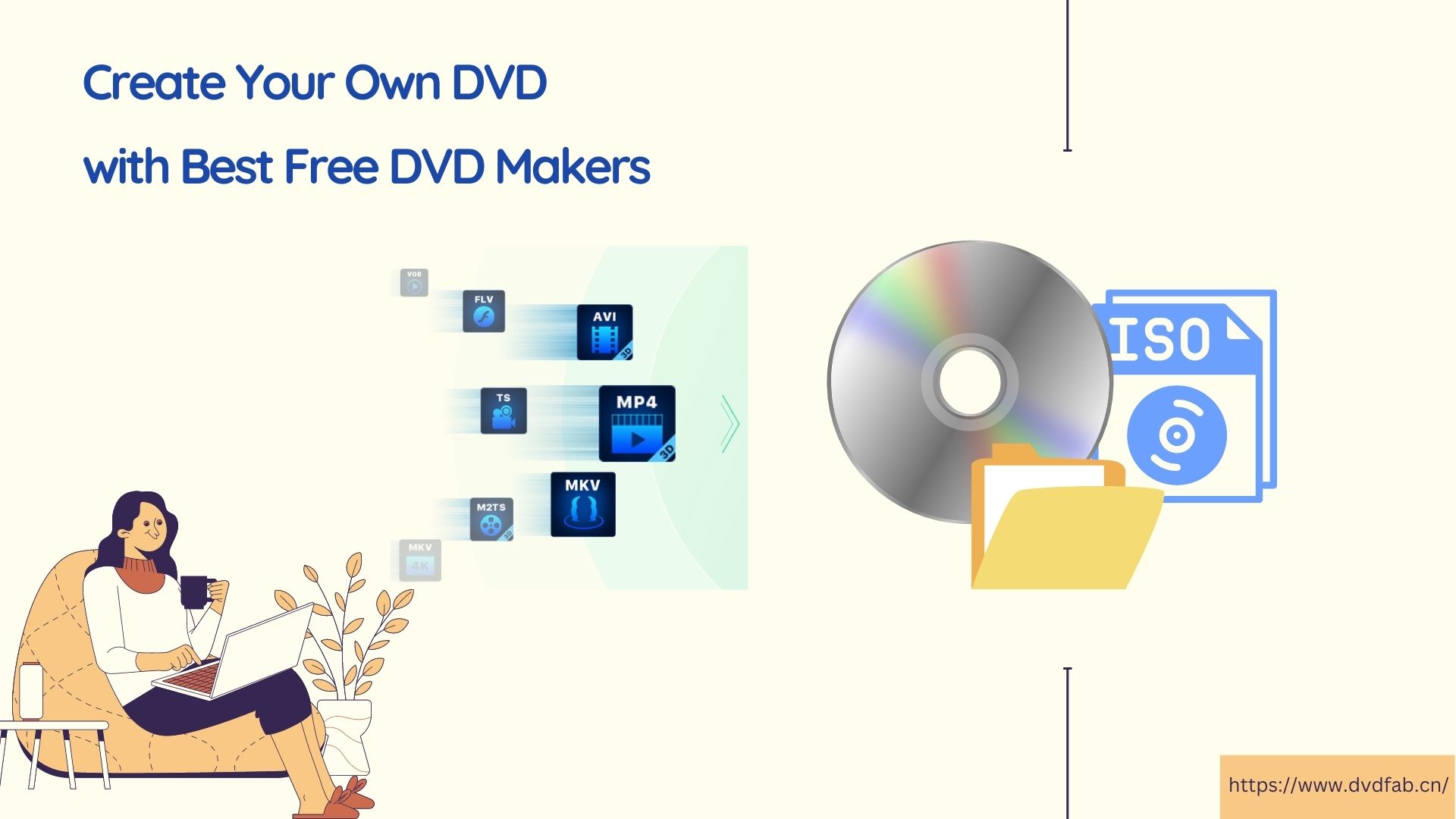QLED vs. UHD: Understanding Differences and Choosing the Perfect TV
Summary: Actually, UHD and QLED are not competing terms. As an advanced technology, QLED has been modified to 4k resolutions & higher due to which they appear as UHD displays. This post will explain the concepts and differences between these TV terms in detail to help you make your choice.
Looking to buy a new TV? The task may be challenging for you if doing so for the first time. The tech market offers a lot of versions of TVs. You can't be familiar with the specifications of every set. Moreover, it's quite confusing for buyers to understand the terms like LED, UHD, LCD, and QLED technology.
QLED and UHD TV sets are becoming so popular these days. LG first introduced a UHD display in the TV industry in 2012, while SONY first introduced the QLED technology in 2013. No doubt, both technologies are identical in many aspects. Even they could be used at the same time for better TV display. However, they are also completely unique from many other aspects to be considered exclusively on the basis of their specifications.

Can you compare QLED vs UHD? Can you determine which one you should buy for your home? If you're wondering about these queries, you're lucky to get here to know the answers to all of them. First, you should have a detailed idea about both concepts.
What is QLED and QLED TV?
QLED is the acronym for quantum dot light-emitting diode. If your TV has a QLED label, it means it's like your regular LED TV. What makes it unique is the quantum dot layer built-in QLED technology. The main thing is to know it enhances the display very well, like the brightness and colors of images.
No doubt the concept of the QLED layer for new TVs is amazing, but it isn't a miraculous new TV technology. So, if you're considering different TVs, it's essential to know we're discussing a degree difference, not the kind from most other TVs buyers can get today.
You don't have to know each TV tech term because there are too many to digest, but QLED is main, especially if you're looking for a new Samsung TV. QLED technology involves quantum dot light-emitting diodes, so don't be confused by mixing it with an OLED, an acronym for organic light-emitting diode. QLED is a Samsung concept that's an advanced set of enhancements to the same quantum dot technology on which the company has been investing its efforts for the past few years.

Being so technical, we can also say Samsung's range of QLED TVs is not actually QLED at all. At least not in the way we digest the term. A 'proper' QLED element emits its own light. You can find a clue even in the name. However, Samsung's latest TVs considered separate LCD backlights just like any other LED-LCD TV. So, the QLED moniker is much more involved in branding than a truly 'quantum leap' for panel technology.
There are still many things to be excited about. QLED TVs rely on the metallic quantum dot filter for both contrast and color enhancement. So, the capabilities of 4K and HDR images are boosted much unlike the scenario in the non-quantum dot LCD-LEDs. QLED TV models also involve Samsung's Bixby virtual assistant and Ambient Mode, due to which they blend into their surroundings in a better way.
OLED TVs are also much better for the environment due to their quantum dot filter. It's a film of tiny semiconductor particles that we can control for our color output. They replace the green, red, and blue color filters that are usually present in old TVs.
What is UHD and UHD TV?
UHD is the acronym for Ultra high definition. They belong to highly advanced technology giving four times better resolution than the QLED technology. UHD TVs are much more than 4K resolution to bring something high and advanced for us. UHD technology has 3820p x 2160p resolution, while in 4k, the display resolution is 8.3 megapixels or 4096 × 2160p. It's even higher in the 8k-7680 pixels wide and 4320 pixels tall resolution or 33.18 megapixels.
Just imagine how amazing the image will be with the UHD TV. Higher resolution means a smooth and sharper picture. Every moment of your movies will seem so realistic. Yeah! The superb image quality & detail can make every gathering with your friends and family fantastic if you plan to watch a thrilling movie with exciting scenes.

The best view requires at least a 55-inch display TV. Otherwise, you'll not get a full high resolution or even larger size that will serve you much more. The company is upgrading the display black. They have successfully brought improvement in their grayish display level. You'll enjoy a full view sitting at an angle. It'll automatically adjust and make your eye sighting luxurious and comfortable. The ambient light sensor performs very well. Color contrast and brightness could also be adjusted very well.
With 4 or 8 times enhanced high-resolution display, what picture quality do you expect? Don't say you need this answer too. Definitely, you'll get the best picture quality. Even profound black and color contrast displays also seem significant with this technology. Amazing high-range content or pictures offer full pleasure to the eye and mind.
So, you get a detailed idea about both technologies. Now, we'll compare both of them so you can get the one that suits you best.
QLED vs 4K UHD
4k UHD vs QLED - Similarities
They stand out due to their thin screens. Most of these models are accessible via remote control. The capability to link more devices to the TV gives a much-enhanced experience. Many of them also boost MultiView technology that allows you to view content on your mobile through your voice assistant of choice. However, many versions go best with different voice assistants such as Alexa and Google Home.
As they support full connections that rely on HDMI 2.0 or 2.1 ports, Bluetooth, and Wi-Fi, they don't offer main distinctions in terms of connectivity. They also consider the Universal Guide mode that allows straightforward and simple processes to create a list with your favorite channels. They also offer the Disney + app, by which you can watch your favorite movies.
Ambient Mode that's available on many Crystal UHD & QLED TVs, offers you to choose images to create ambient in your bedroom rather than showing the screen in black. The Tizen operating system, introduced by Samsung, runs on both versions.

4k UHD vs QLED - Difference
Simply saying, QLED is a display technology while UHD involves resolution technology for screens. Here are key distinctions between both terminologies.
- UHD TV refers to the resolution versions being much higher than the standard LCD TV, while the QLED TVs offer the UHD resolution.
- The QLED technology applies the LED backlight to allow brightness & color to be enhanced much more than the standard quality of other LCD TVs.
- The key feature of the QLED is the Quantum dot TV technology, while that of UHD tech is a standard adopted in 4K range TV displays.
Is QLED Better Than UHD?
UHD and QLED are not incompatible terms; even most QLEDs are UHD TVs. In this case, they are the same and even one. Other than LED backlight panels, there are other screen technologies like OLED. OLED uses organic materials that emit light on their own. That offers richer color contrast as compared to QLED's crystal-filtered backlight panel.
If we had to go for one between 4K, we would prefer QLED 4K because it'll be much brighter and give better color coverage than UHD. The only exception will be if the UHD boosts other special features not offered on QLED models. Most people who prefer QLED 4K are satisfied with their purchase due to their worthy experience.
Things to Remember While Buying a TV
Choosing the perfect TV can be challenging to you even if you know the clear difference between QLED and UHD, as there are a lot of other things to consider.
First, choose your range to begin searching accordingly. Then fix the TV size you want depending on the space at your home. Choosing QLED or UHD comes to the third point. Here you'll imagine the picture, brightness, contrast, TV depth, contrast level, and viewing angles. Moreover, don't just buy the TV if its remote attracts you. You can upgrade your remote whenever you want. Some newer third-party remote controls are seriously amazing.
Can UHD TVs Play 4k UHD Blu-ray Movies?
UHD TVs are capable of playing 4K Ultra High Definition (UHD) Blu-ray movies. In order to do that, you will need to have a 4K UHD Blu-ray player that is connected to your TV. Some TVs may also have a built-in 4K UHD Blu-ray player. However, what if your TV lacks a player? Then converting your 4K UHD Blu-ray movies into digital formats is a good way.
Digital formats are widely compatible with a variety of devices, including laptops, tablets, smartphones, and smart TVs. This makes it easier to watch the movie on different devices without the need for a Blu-ray player. Digital formats are easy to store and access, as they can be saved on a hard drive, cloud storage, or an external drive. This makes it convenient to watch the movie anytime, anywhere. So, here DVDFab UHD Ripper comes in handy.
DVDFab UHD Ripper is designed to be user-friendly and easy to use, with a simple interface and clear instructions. It is suitable for both beginners and advanced users who want to rip and convert UHD Blu-ray movies for personal use.

Frequently Asked Questions
LED and QLED are display technologies for TVs and monitors.
LED (Light Emitting Diode) uses light-emitting diodes to illuminate pixels, offering good color accuracy and contrast ratios, with edge-lit and full-array types available.
QLED (Quantum Dot LED), developed by Samsung, adds quantum dots to an LED TV enhancing color gamut, brightness, and overall picture quality.
For affordability with good image quality, choose LED; for superior colors and brightness at a higher cost (with potential burn-in risk), consider QLED.
LED and QNED are both types of display technologies used in televisions
QLED (Quantum Dot LED): This technology, developed by Samsung, uses quantum dots to enhance performance in key picture quality areas. Quantum dots are tiny particles that emit light of a different color depending on their size.
QNED (Quantum Nano Emitting Diode): This is LG’s technology that combines quantum dot and NanoCell technologies with mini LED backlighting for improved color accuracy and contrast ratios compared to standard LED TVs.
QHD vs 4K: What is the Difference?
QHD and 4K are two different types of screen resolutions:
QHD (Quad High Definition) has a resolution of 2560 x 1440 pixels. This is four times the resolution of HD (720p), hence the name "quad." It's commonly used in computer monitors, laptops, and certain high-end smartphones.
4K, also known as Ultra HD (UHD), has a resolution of 3840 x 2160 pixels. This is four times the resolution of Full HD (1080p). It's typically used in TVs, high-end monitors, and some professional-grade cameras.
In comparison, a 4K display will be sharper than a QHD one given the same screen size because it packs more pixels into the same area.
Final words
So, that was all about Crystal UHD vs QLED. Hope the difference between UHD and QLED has been clarified. QLED to enhance your awareness to allow efficient shopping. Don't be in a hurry to set your choice. Focus on each and every point to make the best choice.




